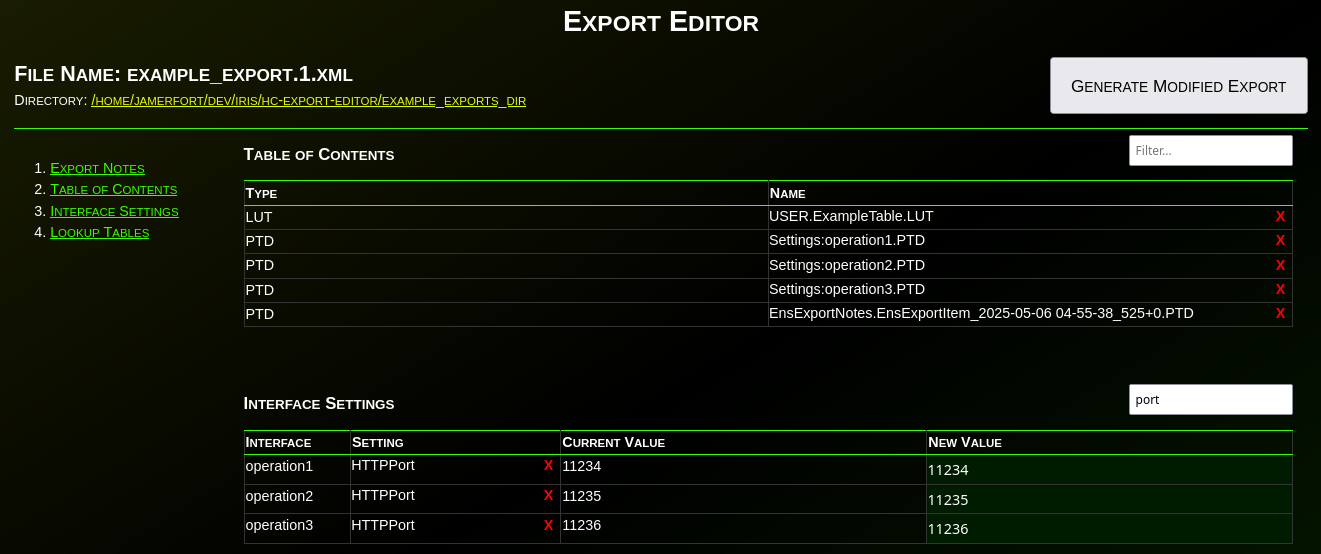In case you're planning on deploying IRIS For Health, or any of our containerized products, via the IKO on OpenShift, I wanted to share some of the hurdles we had to overcome.
As with any IKO based installation, we first need to deploy the IKO itself. However we were getting this error:

